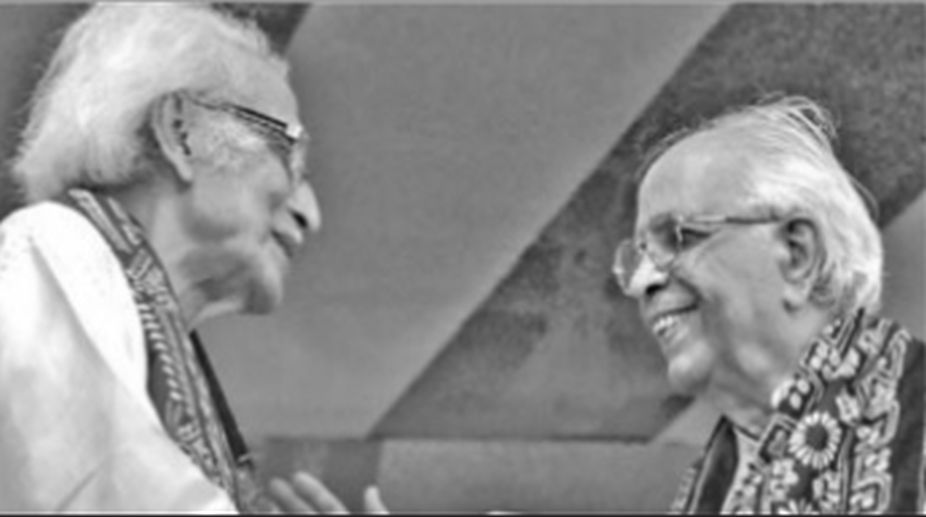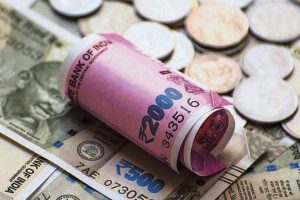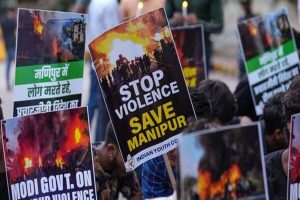India has emerged as the largest system of higher education found anywhere in the world, including nearly 900 universities and over 40,000 colleges and additioal 12,000 stand alone institutions for higher studies, said Furqan Qamar, secretary general of the Association of Indian Universities.
The achievement is significant as compared to the situation at the time of independence when there were not more than 500 colleges and just a little over two dozen universities.
Advertisement
Lauding the progress, Mr Qamar said: “Even in terms of enrolment, ours is the second largest system of higher education as the number of students enrolled in higher education already exceeded 3.57crore, which is way too high as compared to one lakh students that had enrolled on the eve of independence.”
Speaking during the convocation of Rabindra Bharati University (RBU) on Tuesday, Mr. Qamar further informed that the gross enrolment ratio in higher education has gone up from less than one percent in 1950 to more than 25 percent at present.
Even the gender parity index is now close to one, which means that women are almost equal in number as compared to men in higher education in India.
Additionally, the increase in access to higher education by dalits and marginalised sections of the society has inc rea – sed as is evident by their participation in higher education.
However, regretting the issues in higher education in the country, the secretary general said: “Though we have a large number of higher educational institutions, their dispersions across various different regions is still not uniform, thereby indicating that the policies of further expansion will continue to mitigate the regional and geographic imbalances. Similarly, though the participation of women has substantially increased, there are still institutions and disciplines where their participation rate is significantly lower than the national average.”
Mr. Qamar further added that there are certain marginalises sections of the society, particularly the Muslim minorities, whose participation rate in higher educati on is way below the desired level or even the national average.
Meanwhile, governor Keshari Nath Tripathi laid stress on the importance of adopting modern technologies for the overall development of the students.
Advising further, he said: “Digitisation is the need of the hour, but the youth “should not forget their past while embracing changes”. Three eminent personalities ~ painter Jatin Das, writer Nabaneeta Dev Sen and vocalist Pandit Amiya Ranjan Bandyopadhyay ~ were conferred DLitt (honoris causa) on the occasion. Altogether, 95 scholars received their PhD degrees.











